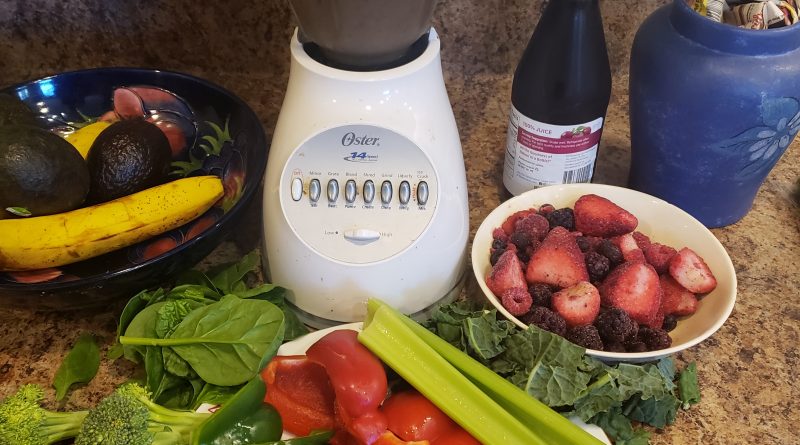The Benefits of Blending Vegetables in a Smoothie
Homemade smoothies are a simple, tasty way to add more of these nutrient-rich foods to your diet.
You don’t have to look far for a number of likely culprits in the healthy-diet battle. From nutrition-barren fast foods to packaged foods filled with sodium and bad-for-you fats, eating a healthy diet can be tough.
It Just Tastes Too Good
Staying healthy and fit has become one of the main goals among people of all age groups. Considering the increasing number of health issues, thanks to their unhealthy lifestyle, it is essential to take the right steps to stay healthy. One of the easiest ways to stay healthy is to include green smoothies in your diet. All you need is an assortment of seasonal vegetables. Though most of you may cringe at the thought of drinking a vegetable smoothie, however blending vegetables has given me a lot of benefits. With the range of vegetables available at a local Public Market or GROW organization or even at your favorite supermarket Wegmans and Tops Friendly Markets, it is easy to make your favorite smoothies in minutes. In this blog, I will discuss the health benefits of blending vegetables and fruits as well as the benefits of the fruits and vegetables I use.
A Tasty Way to Add Vegetables to your Diet
Blending is tasty way to adding essential green vegetables to your diet. Green vegetables produce chlorophyll which enhances your body’s ability to produce hemoglobin and strengthen the delivery of oxygen to the body cells, green vegetables are also the healthiest alkaline foods you can include in your diet. You can mix a handful of kale, broccoli, celery, peppers, spinach as well as colored vegetables such as red pepper, sweet potato, carrots, tomato, mushrooms; and fruits like bananas (add flavor), strawberries, blueberries, blackberries, raspberries and avocado to get your healthy added dose of nutrients.
Reduces Hunger
One of the easiest ways to stay healthy and lose weight is by reducing your hunger pangs. Many of the fruits and vegetables have caloric value when you blend them. This makes it easy to eat as much as you want without worrying about weight gain. You not only get less hunger pangs but also find it easy to make healthy eating decisions instead of gorging on unhealthy junk food.
Retains Fibers
Blending fruits and vegetables help in keeping the food items intact. As a result, the smoothie that you make will have the right amount of nutrients making it an extremely healthy option. The best part is the fiber content of the fruits and vegetables remain intact and get absorbed quickly into your body. Fiber is very essential for regulating your digestion, lowering the risk of chronic diseases and helping you stabilize blood sugar levels.
Takes Less Time to Breakdown Food
When you eat solid food, your body takes less time to breakdown the food. This also takes extra time to consume fats and oils present in the food. When you drink smoothies, your body can convert the food immediately and extract the essential nutrients.
Gives you a Chance to Include New Foods
Almost everyone has the habit of eating only those food items that we like and ignore the rest of the healthy alternatives. Blending helps me introduce a new group of food items to my diet. Including a variety of items in the smoothie can help me get the different types of vitamins and minerals that I need to stay healthy.
Reduces Fat
Even if you make salads, there is some amount of oil and fat added to it in the form of salad dressing. The small amount of fat present in oils hamper your weight loss process. When you blend fruits and vegetables, you don’t need to add oils or fat, thereby helping you keep a check on your weight in check.
Makes it Easy to Absorb Nutrients
Smoothies are light and easy to absorb as compared to eating a cooked meal. The reason is the raw ingredients in the smoothie helps in preserving the nutrients, which are otherwise destroyed in the cooking process. This makes it easy for your body to absorb the essential nutrients in fruits and vegetables.
Blending fruits and vegetables has a lot of benefits. Here are the fruits and vegetables that I use that compliment my energy and active lifestyle. In eating these on a regular daily basis can be cumbersome to store but by blending them you have a more convenient approach to implementing them into your body quickly. BBeet Juice, Broccoli, Carrots, Celery, Cherry Tomatoes, Kale, Mushrooms, Pepper – Red & Green, Sweet Potato, Spinach, and add in an Avocado, Banana, Blueberries, Blackberries, Raspberries, and Strawberries for added benefits and flavor.
Superfoods for Runners
What I eat before and after a workout can greatly affect how I feel and how I run. Choosing my pre- and post-workout smoothie meals are an important part of training, health, and not getting sick in the run or other irritable bowl issues because I ate four steaks deep fried chicken wings or burger and fries from a fast food joint and a slice of cake before a long run, speed work out or a half-marathon / marathon / 5I/ 10k / triathalon race.
Beets (Beet Juice)
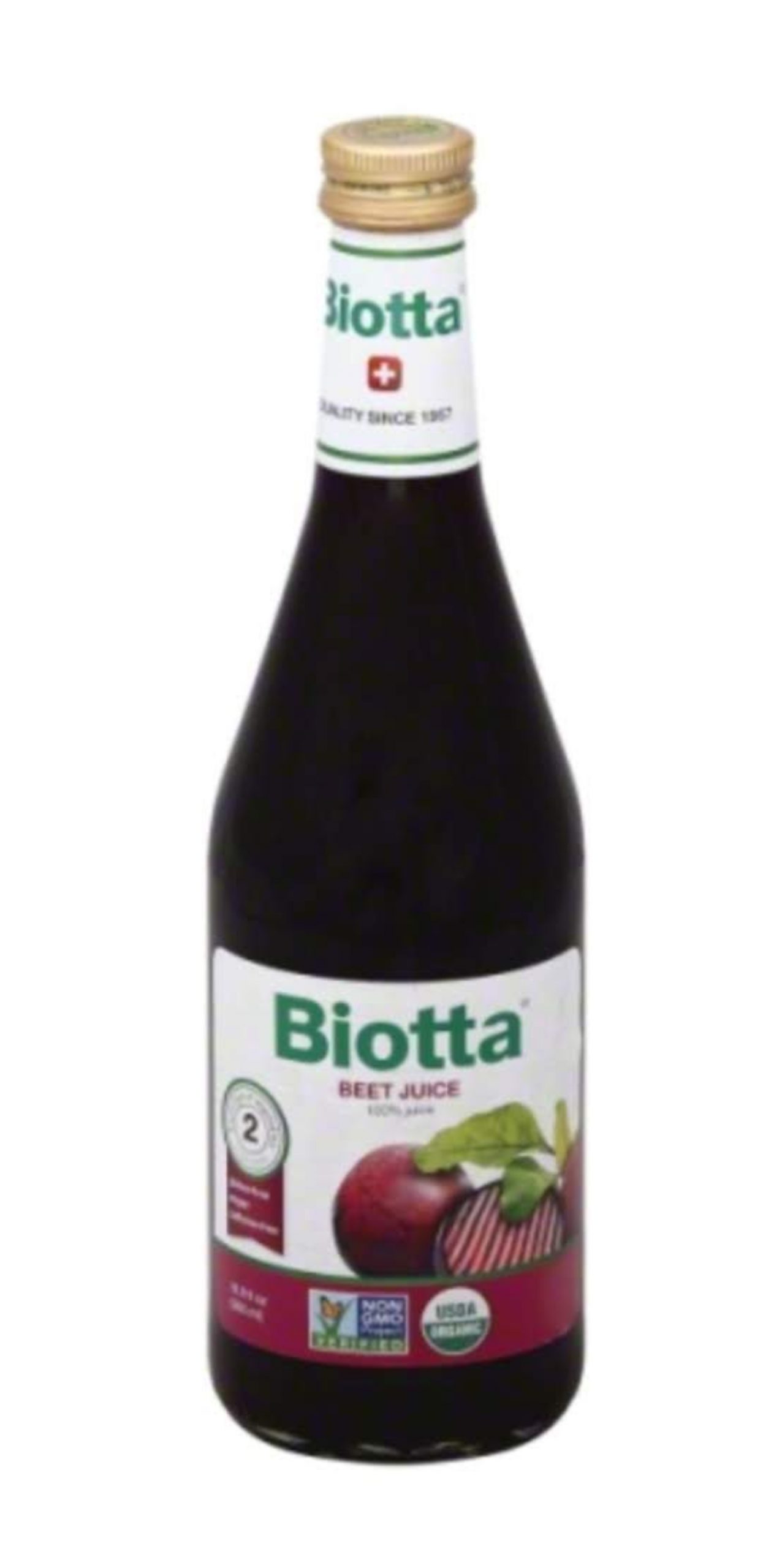
One cup of beets contains 58 calories, along with:
- 442 milligrams of potassium
- 148 micrograms of folate
Beets and beetroot juice are great for improving heart health.
This vegetable is high in heart-healthy nitrates. A small-scale 2012 study reports that drinking 500 grams of beetroot juice significantly lowered blood pressure in healthy people.
Broccoli
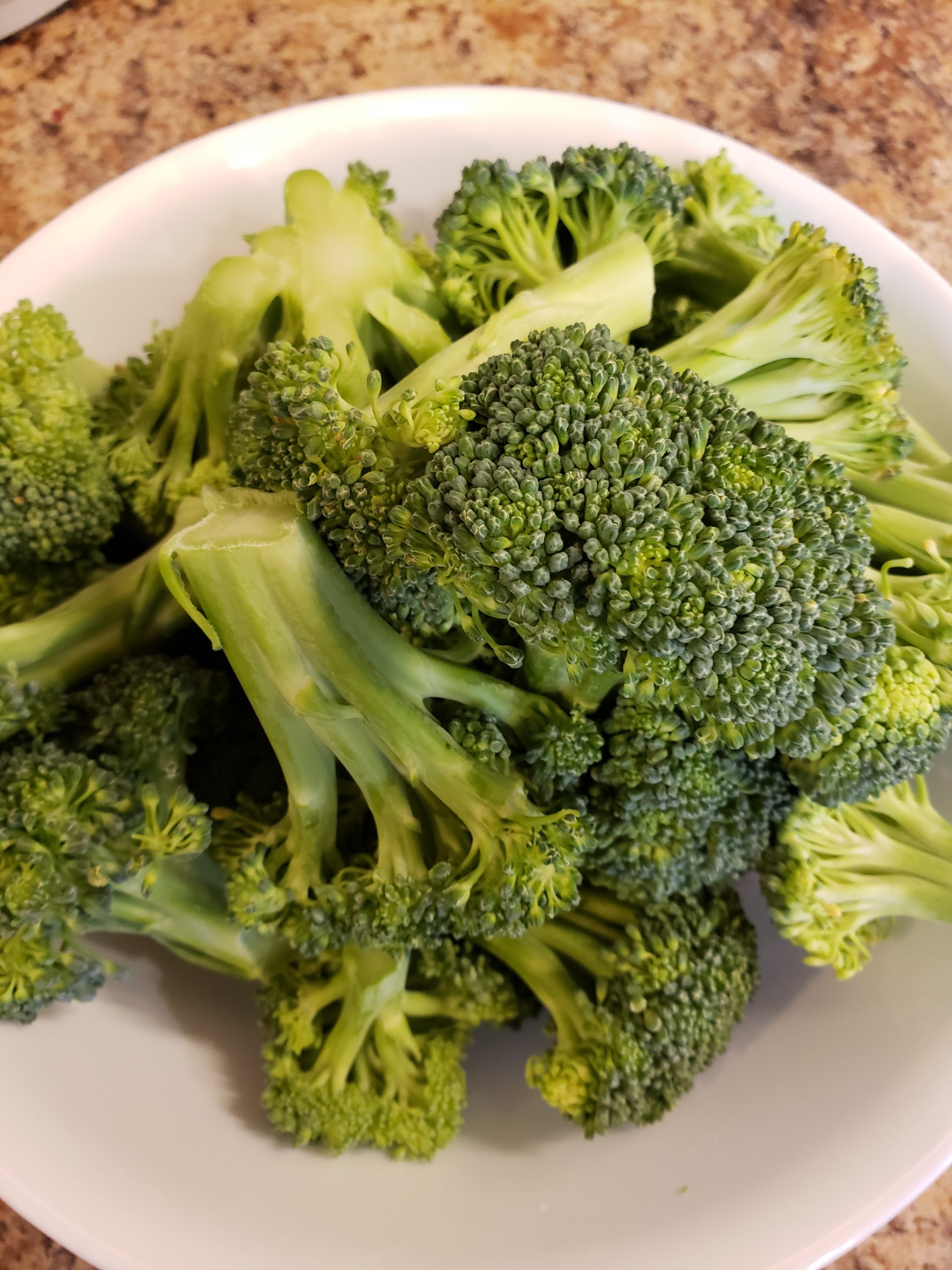
This green vegetable is full of vitamin C. According to studies, this can help reduce the risk of, or even prevent sore muscles after intense workouts. Broccoli is also a good source of calcium, folic acid and vitamin K, which strengthen our bones. Our tip: Broccoli tastes great together with salmon or lean beef.
Carrots
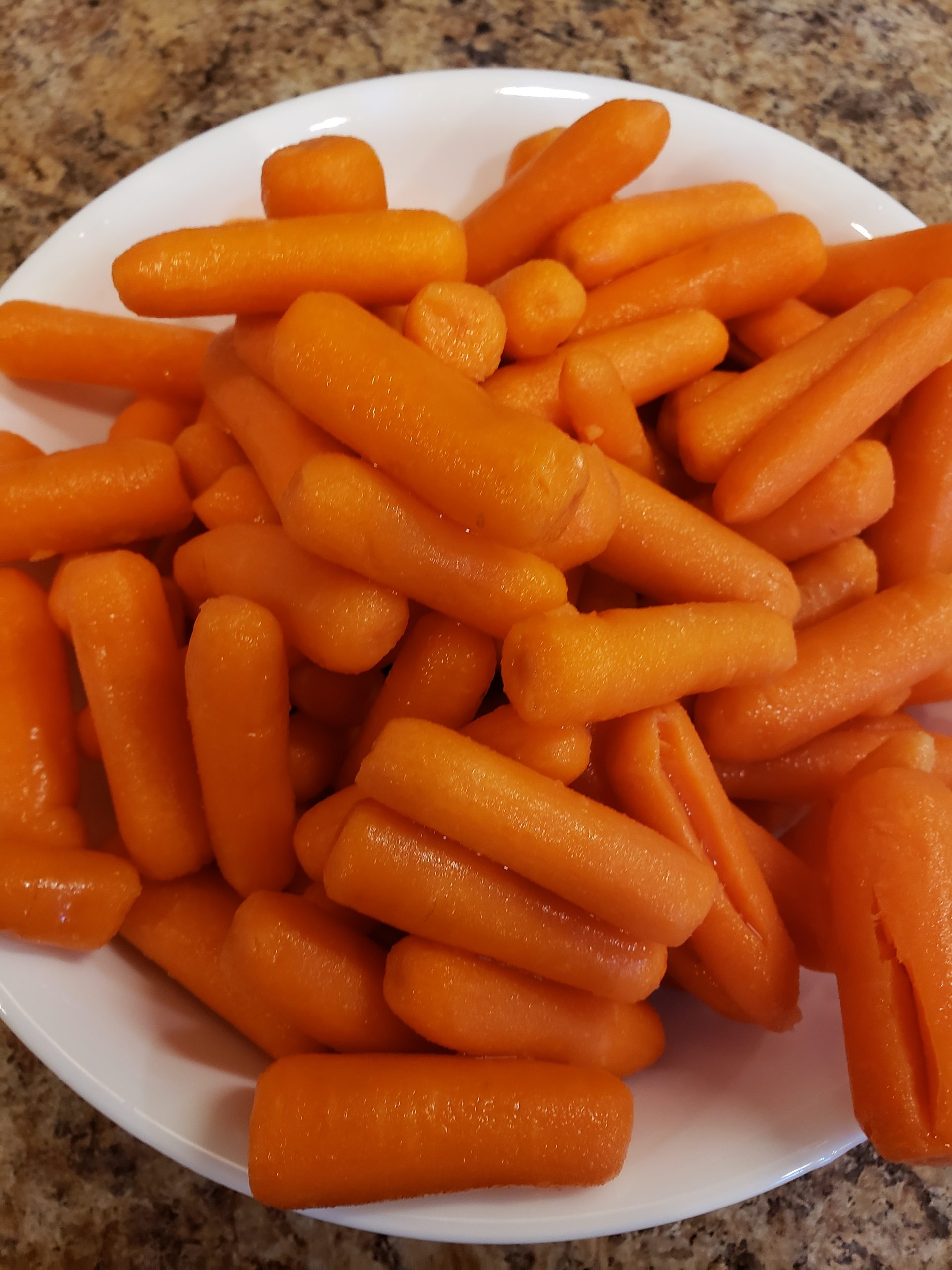
Carrots contain a lot of vitamin A. In fact, it is about 600% of what you need every day. Vitamin A is a great antioxidant. So even eating these before a race can help fight the ‘free radicals’ that build up while you are exercising.
A good way to have carrots, if you can accomplish this, is to blend it to help the digestive process.
Celery
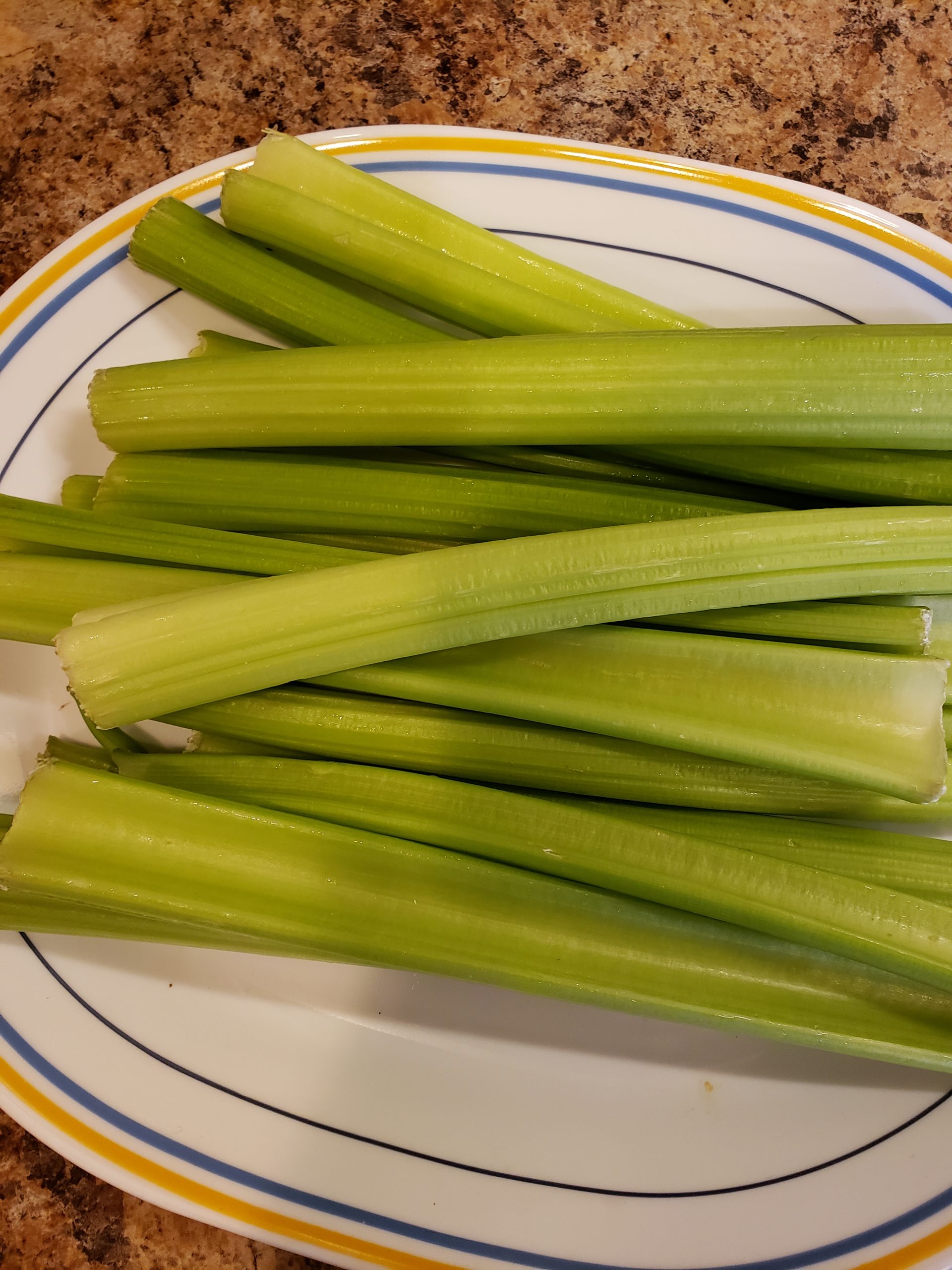
Celery is known for many things and has reasonable amounts potassium, a shortfall nutrient in the American diet that helps prevent muscle cramping in runners.” Wallace also says that celery has flavonoids that help increase blood flow (a potential perk for endurance athletes) and protect the body from exercise-induced inflammation.
Kale
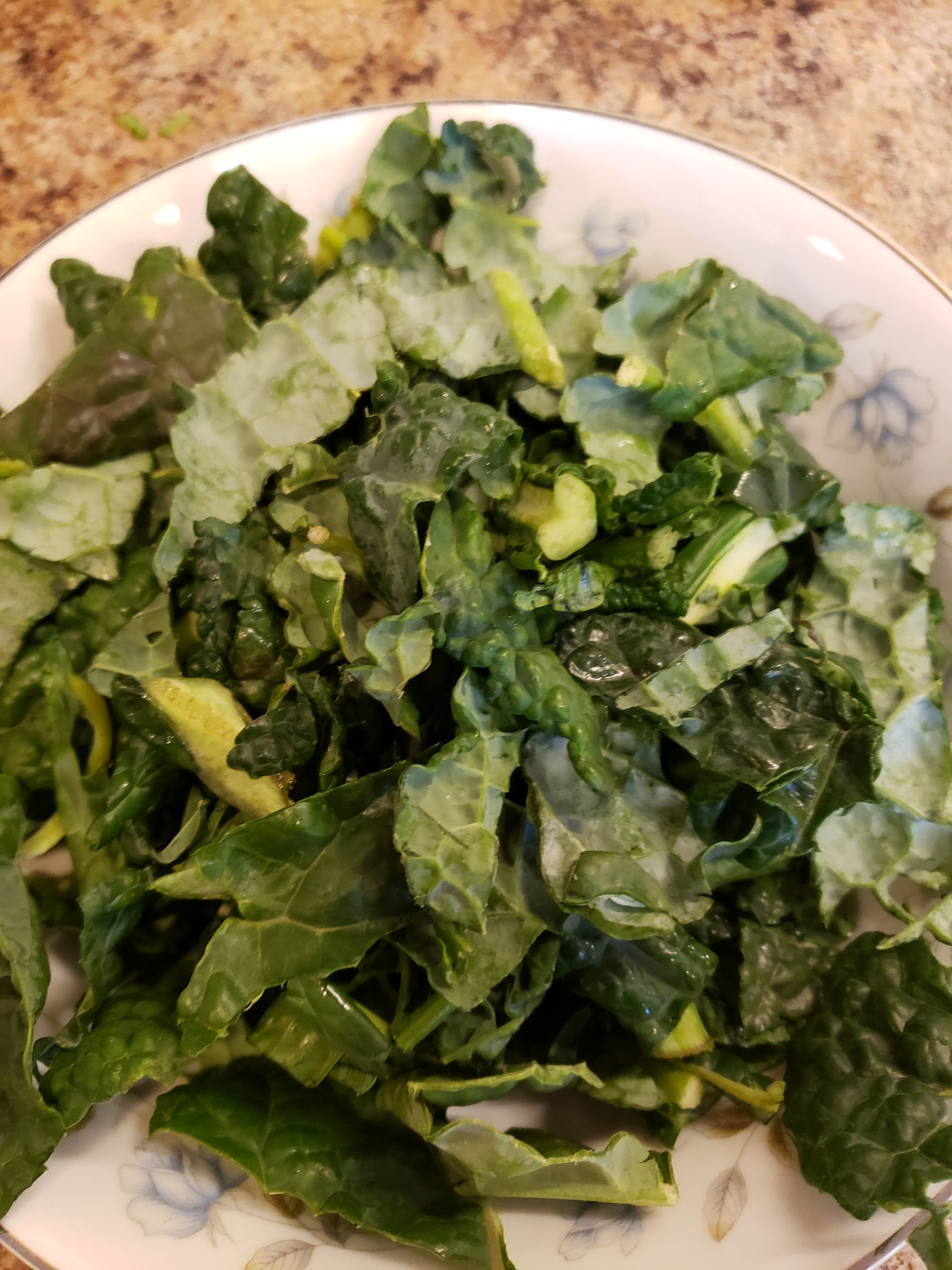
Source of iron
Typically found in red meat, getting enough iron can be a tricky business for vegetarian runners. Fortunately, dark green leafy veg is packed with the stuff. Not just the preserve of trendy food-folk, kale is a fantastic source of iron, which is essential for warding off fatigue and iron deficiency anaemia.
Mushrooms
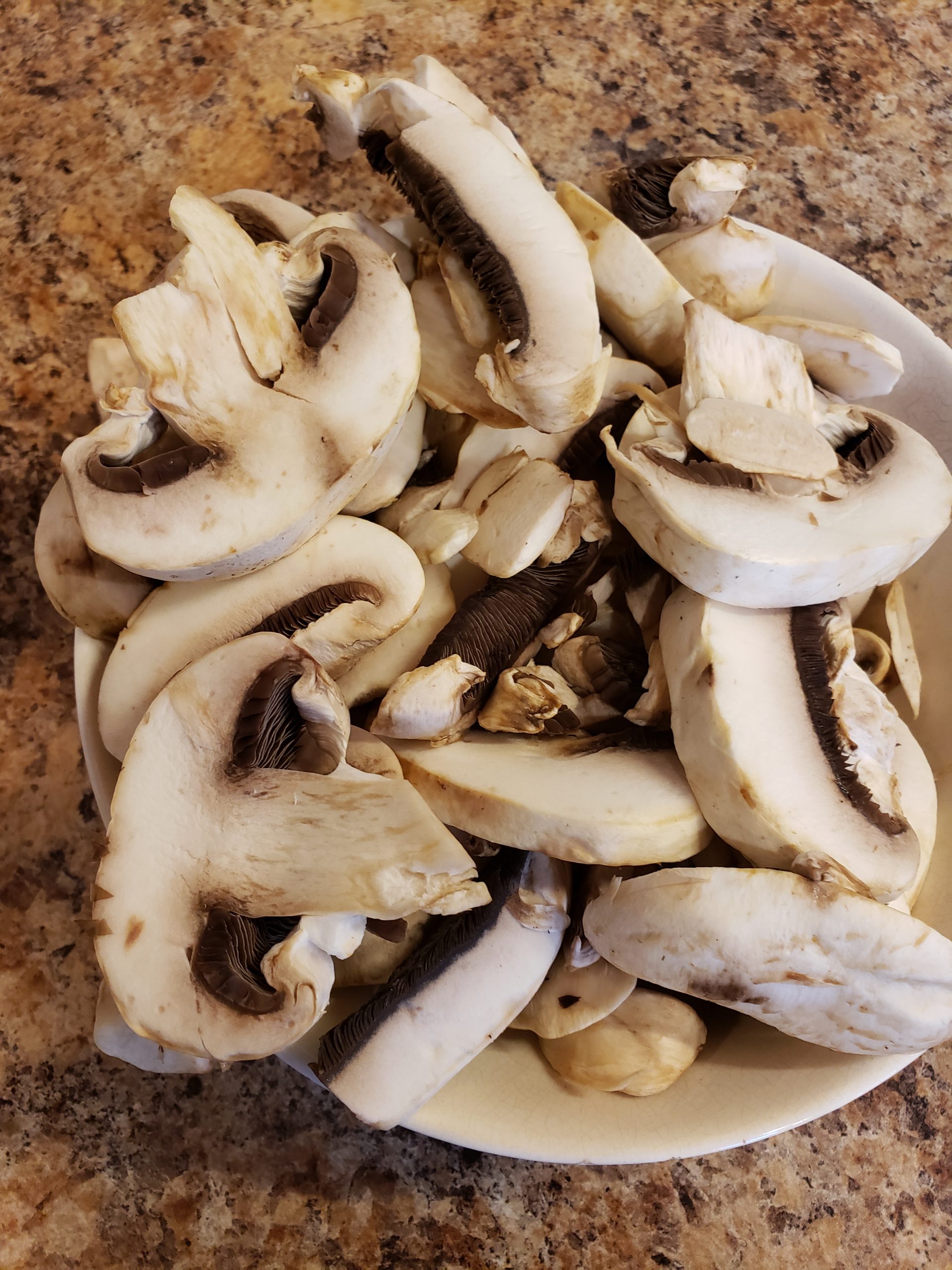
Mushrooms are the leading vegetable source of selenium, which is an antioxidant involved in the battle against cellular damage, working alongside vitamin E to protect cells from free radicals. Recent studies indicate that mushrooms can play a role in fighting and protecting against cancer (especially breast and prostate). Levels of ergothioneine, a powerful antioxidant, are 12 times higher in a handful of mushrooms than wheatgerm, previously thought to be the leading source.
Mushrooms are packed with energy-releasing B-vitamins: B1 (thiamine), B3 (niacin) plus riboflavin (B2) and folate (B9) which are essential for production of healthy blood cells. They are the only source of vitamin D in the produce aisle, essential for healthy bones. Copper is an essential mineral that the body cannot manufacture itself. Copper protects the cardiovascular system, and one serving of mushrooms contains 20% of our daily needs.
Peppers – Red, Green
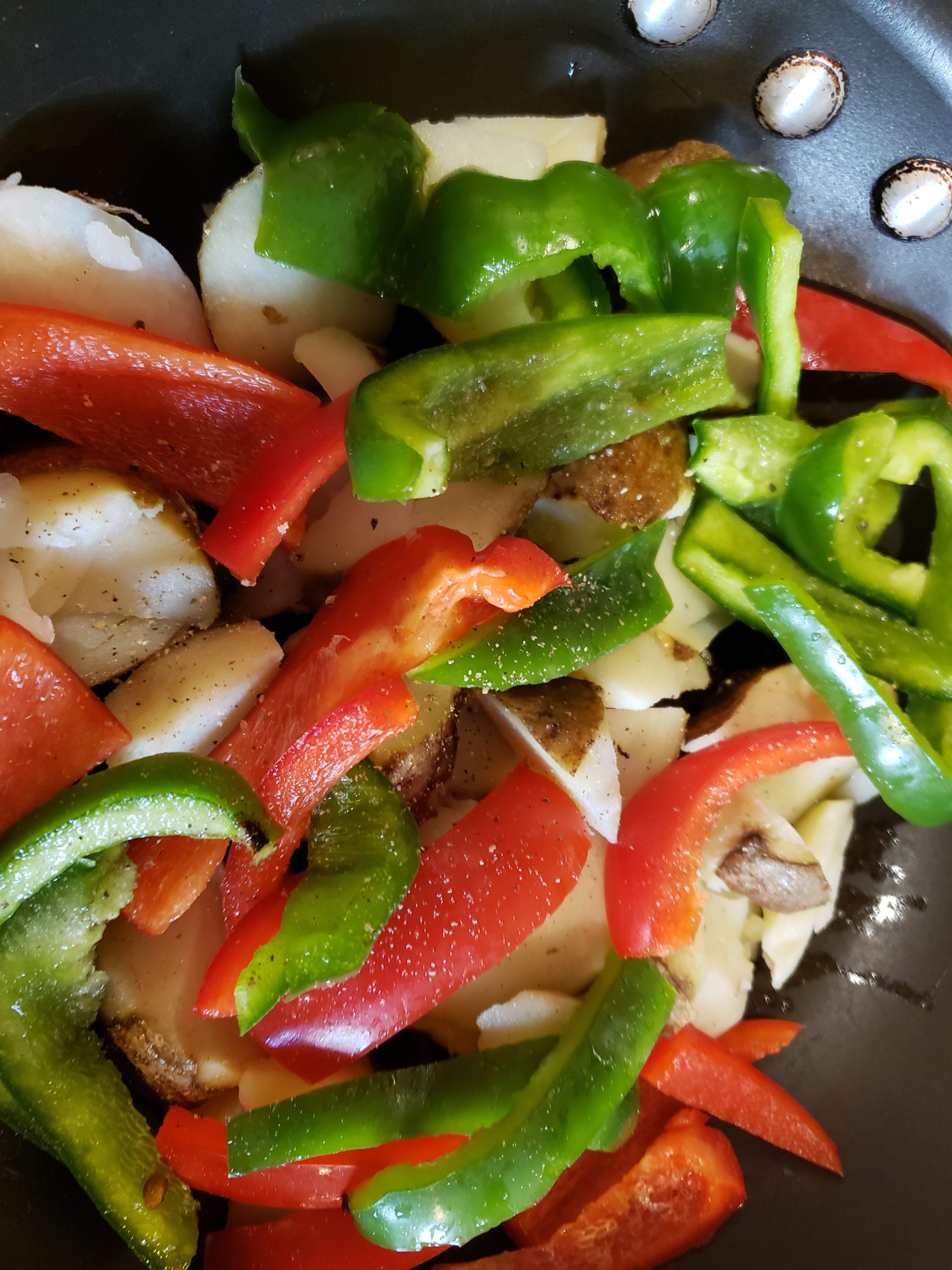
Green peppers are rich in many vitamins and antioxidants, especially vitamin C and various carotenoids. For this reason, they may have several health benefits, such as improved eye health and reduced risk of several chronic diseases. All in all, bell peppers are an excellent addition to a healthy diet.
Sweet Potato
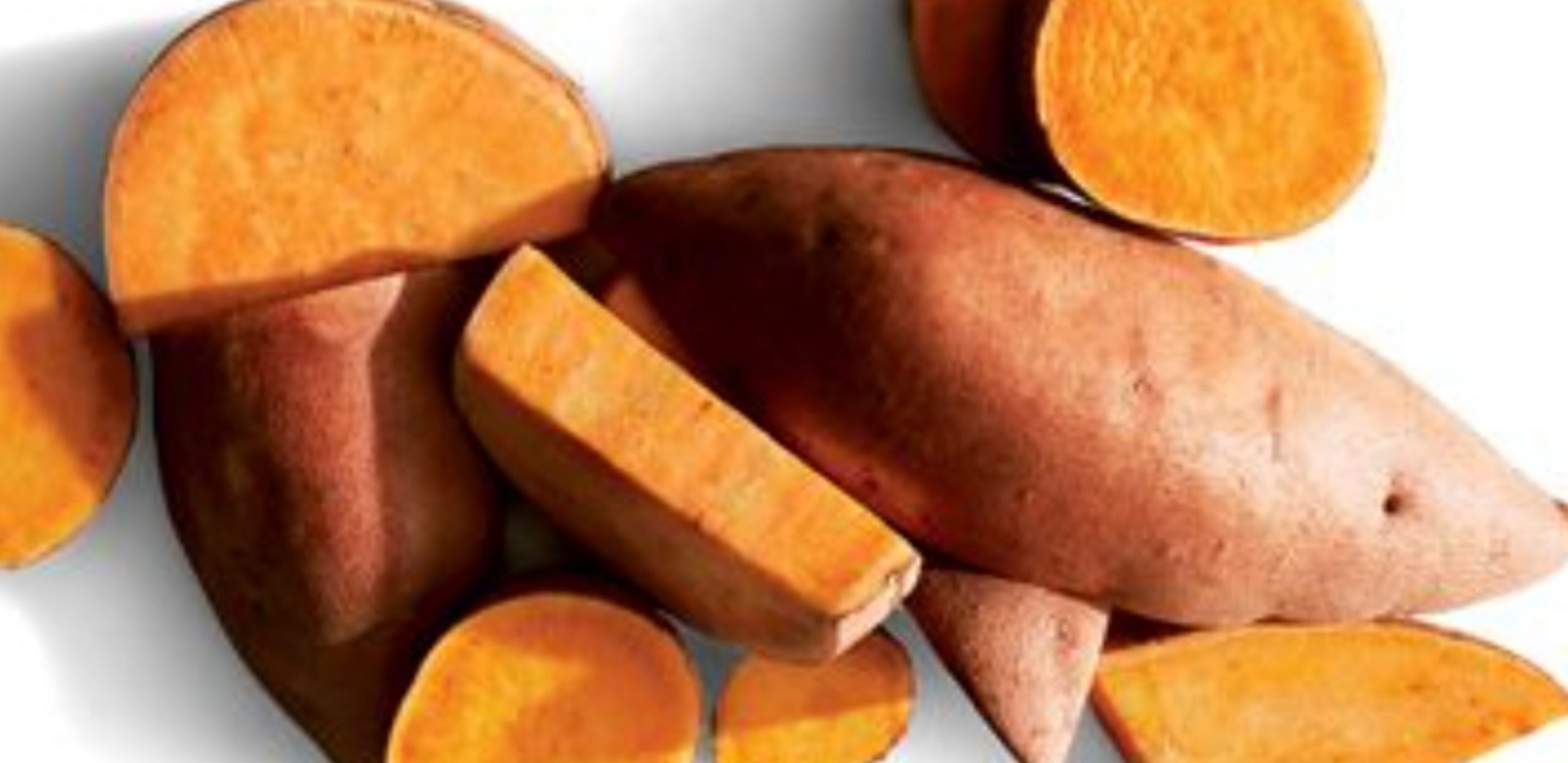
Source of beta-carotene
This complex carb, which can be prepared in numerous ways, lives in the spotlight when the temperatures cool. I like to enjoy one after a run with veggies and mixed greens for the ultimate replenishing meal. I also recommend to my clients Food Should Taste Good’s Sweet Potato Chips for an ideal midday snack.
Spinach
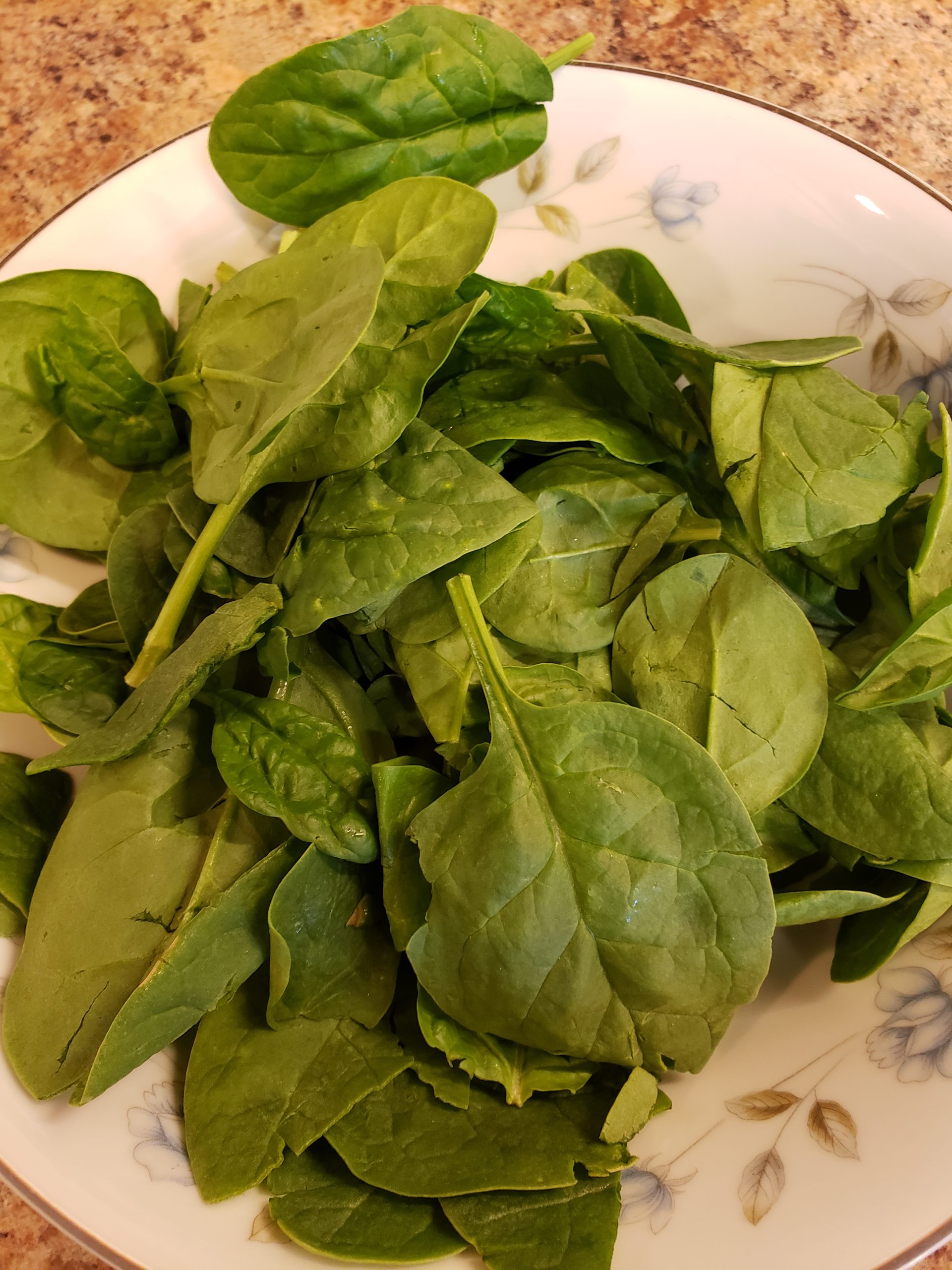
Spinach is a leafy green vegetable. It is also a great source of calcium, vitamins, iron, and antioxidants.
Due to its iron and calcium content, spinach is a great addition to any meat- or dairy-free diet.
One cup of raw spinach is mostly made up of water and contains only 7 calories. It also provides the following nutrients
nutrients:
- an aadults fulldaily requirementsfor vitamin K
- high amounts of vitamin A
- vitamin C
- Magnesium
- folate
- iron
- calcium
- anti-oxidants
Vitamin K is essential for a healthy body, and especially so for strong bones. It improves how well the body absorbs calcium.
Spinach also provides a good amount of iron for energy and healthy blood, and a good level of magnesium for muscle and nerve function.
Tomatoes
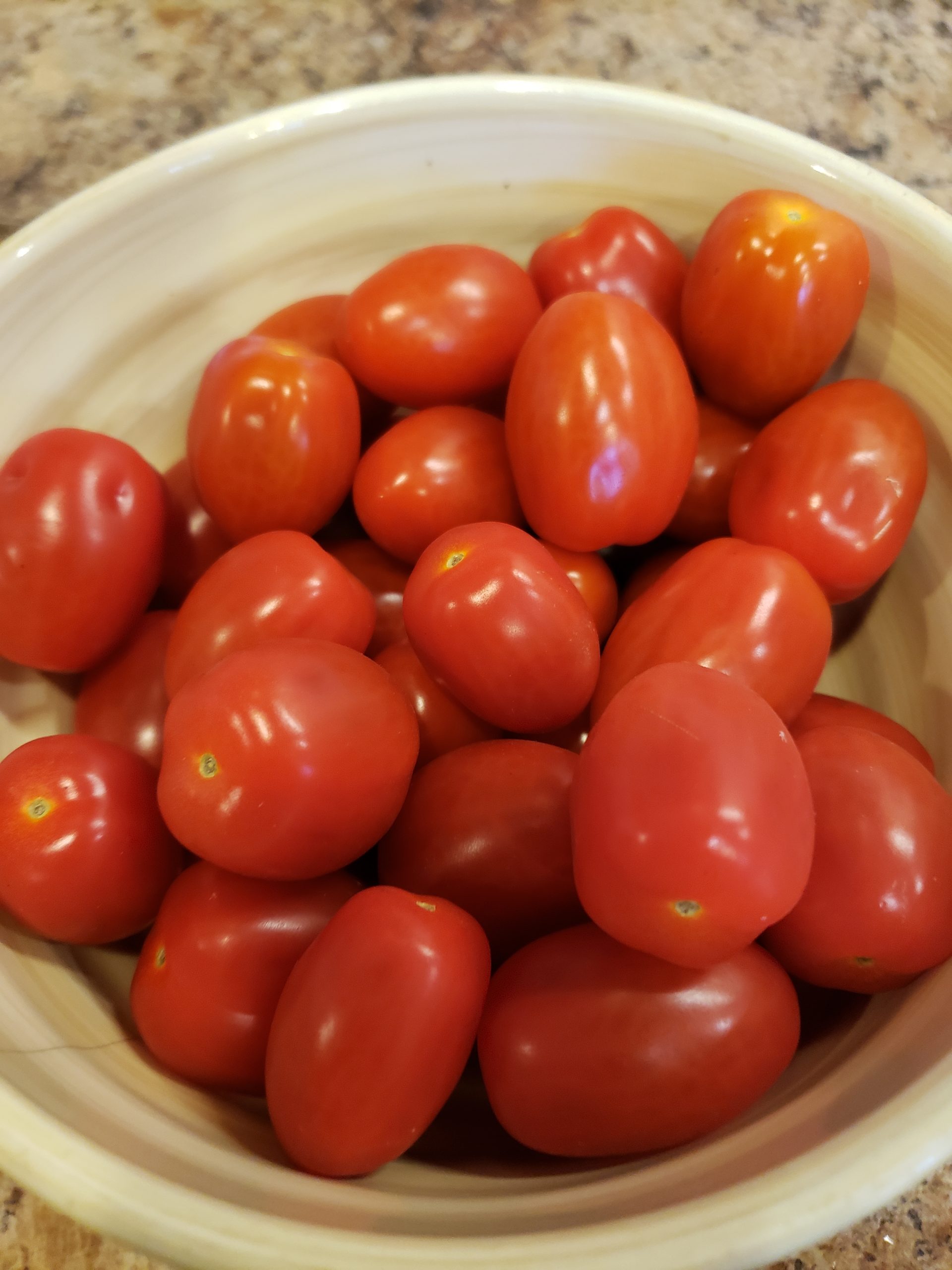
Source of Pantothenic acid
Fuel your runs fully by making sure you’re getting enough pantothenic acid, which helps release the energy from what you eat. Found in produce such as tomatoes, pantothenic acid can’t be stored by the body so it’s essential to regularly eat food containing it.
Tomatoes are nutrition powerhouses. Tomatoes are actually a fruit but are prepared in meals like a vegetable. They are a rich source of vitamins, minerals, and antioxidants including lycopene.
Lycopene is a powerful antioxidant providing numerous health benefits. It is shown to enhance athletic performance and improve overall health and fitness. Drinking tomato juice prior to workouts is said to reduce harmful chemical levels caused by oxidative stress.
Think about lycopene as the inflammation cleanup crew when we exercise. Demanding workouts increase levels of oxygen (oxidative stress) and other chemicals potentially damaging to muscle tissue, cells, and even DNA.2 Antioxidants—especially lycopene—have been shown to significantly reduce these inflammatory chemical reactions.
These Fruits are very healthy, added to compliment flavor
Avocados
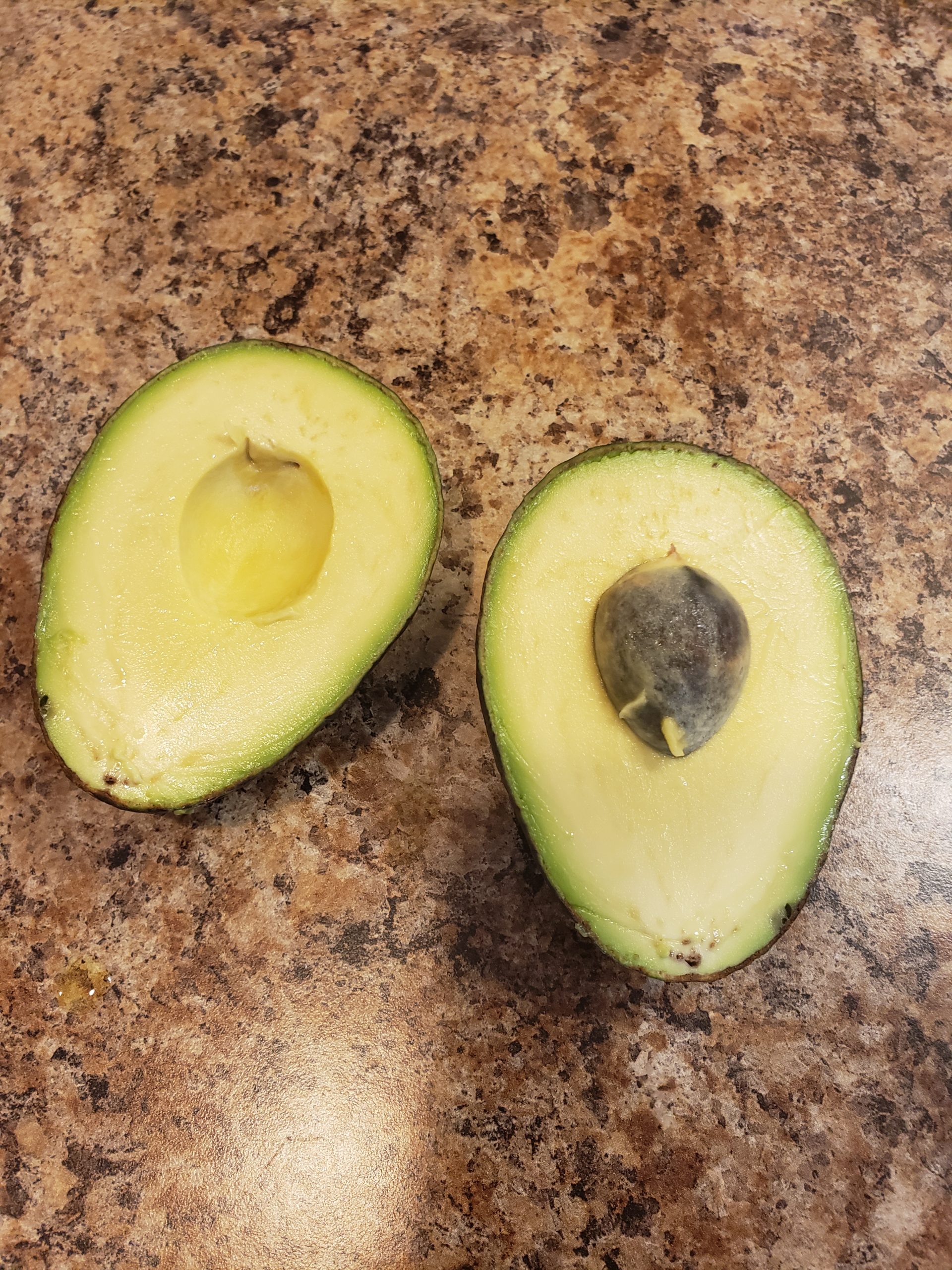
There’s nothing like an avocado which is high in fat (about 85 per cent of its calories come from fat). The fats it contains provide a wealth of health benefits! And it’s not just the healthy fats that makes the fruit beneficial, they’re packed with vitamins, minerals and phytonutrients, too.
Avocados are the perfect food for reducing inflammation in the body; they contain omega 3 fats, polyhydroxylated fatty alcohols (PFAs) and phytosterols which all possess anti-inflammatory properties, lowering the risk of heart disease, improving vision, healthy skin, and fuel for exercise.
Bananas
If you need a high-carb energy booster
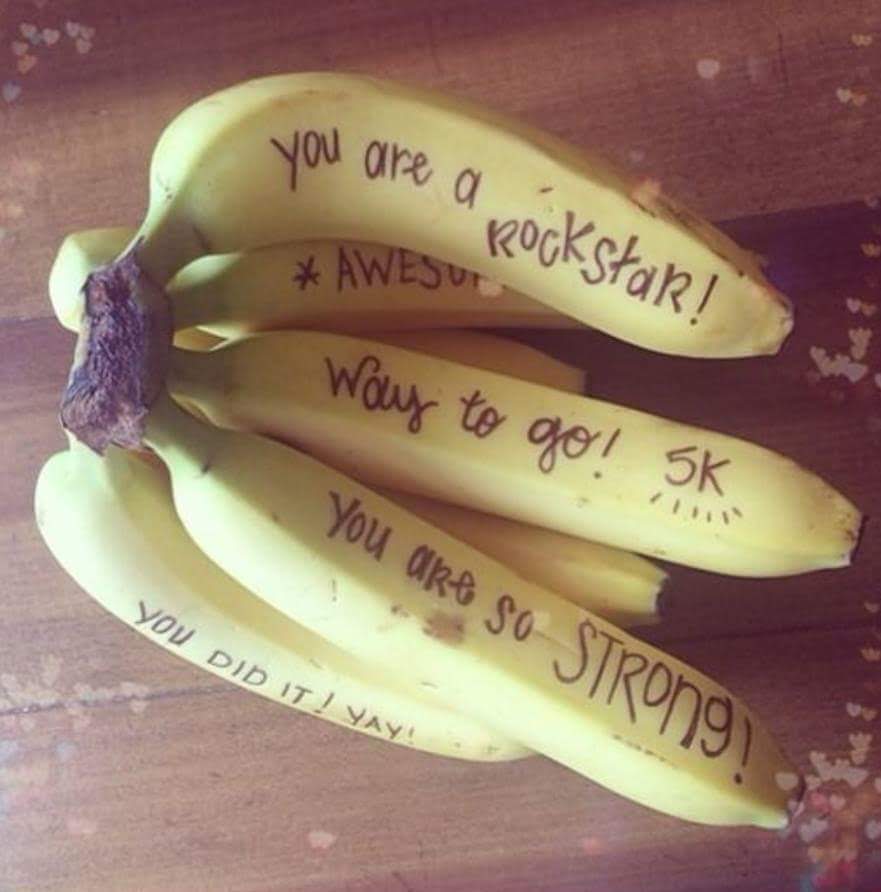
before your afternoon run, you can’t go wrong with a banana. This fruit also contains a healthy dose of potassium (about 400 mg). This is especially important for long-distance runs or in hot temperatures when you are likely to sweat a lot and thus lose valuable minerals. Potassium (as well as other minerals like sodium, magnesium and chloride) compensates for this loss and lowers your blood pressure at the same time.
Blueberries, Raspberries, Blackberries
The powerful anthocyanins in the berries actually protect you from the after-effects of challenging workouts and helped recovery If you are in training, eating a cup of anthocyanin-rich berries will help boost your performance and get you in shape for that marathon – or your next workout.J
Strawberries
This juicy fruit is loaded with natural sugars, making it the perfect choice to boost your energy. 100 g of strawberries contains only 32 kcal of energy, 2 g of fiber, 7 g of carbs, and 5 g of natural sugar It also contains vitamin C that helps increase stamina and reduce physical fatigue
Conclusion
There are some fixes you can employ here, like exercising more, taking vitamins and making sure you eat plenty of fruits and vegetables. A good rule of thumb is, regardless of the dietary plan you’re exploring, eat a variety of foods every day, limit your fat intake, eat slowly, drink plenty of water and consume only as many calories as you use on a daily basis.
You’re not alone in the struggle to eat right. Taking a moment to read the nutritional information on the foods you buy can help you understand how the ingredients will fit into a balanced daily diet. There are also a number of publications available through the Department of Health and Human Services that offer guidance on healthier eating practices.
There is a wide variety of foods that boost your energy and build stamina in your daily life.
Foods that are loaded with macronutrients like carbs, protein, and fat act as fuel and aid energy release.
Micronutrients like vitamins and minerals also play a supportive role in releasing energy from nutrients.
So, if you are feeling low and tired, include some of these nutritious foods in your diet to stay alert!
Give smoothies a whirl
Smoothies are a fairly low-effort way to pack more raw vegetables and fruits into your diet. Traditionally based on fruits such as bananas and berries, smoothies can also include other healthful foods, such as protein and healthy fat. That way, they can replace a meal if you like. “My patients ask about smoothies all the time,” says McManus. So she and colleagues created a handout with a basic smoothie formula (see “Create your own smoothie”) featuring suggested ingredient combinations that you can alter to match your dietary preferences or restrictions.

